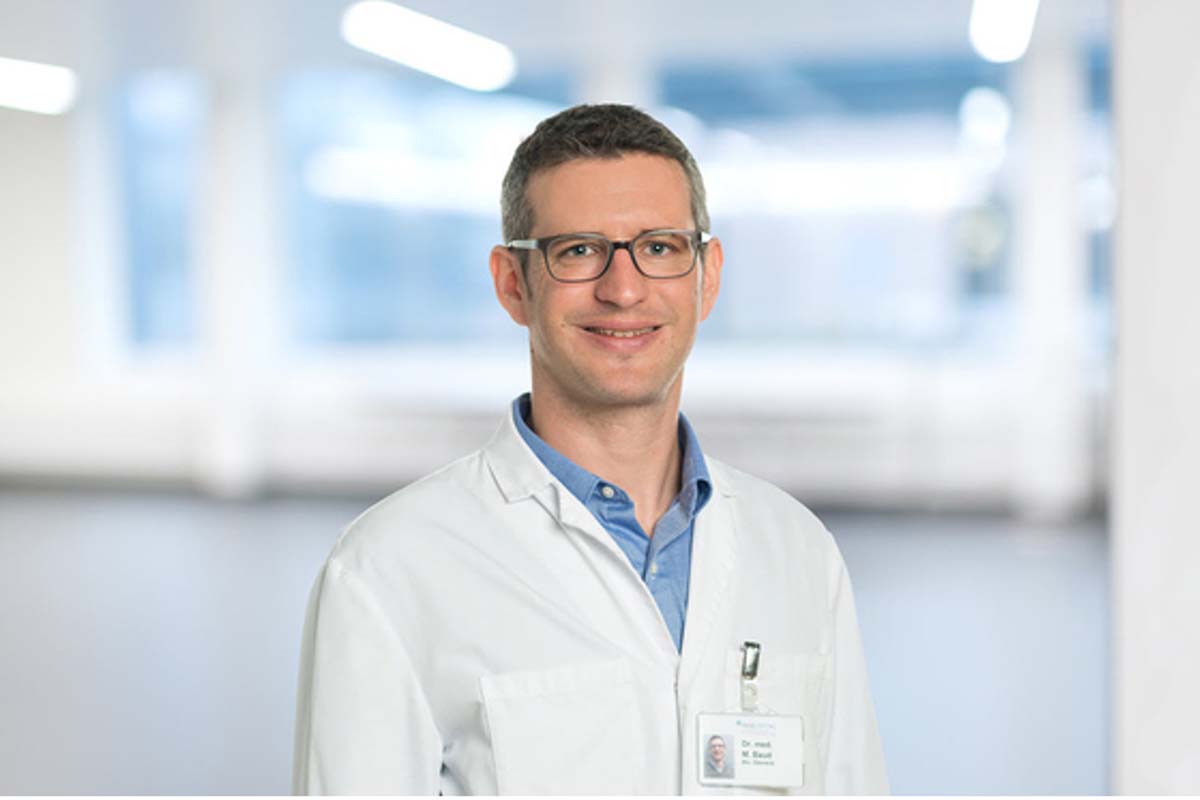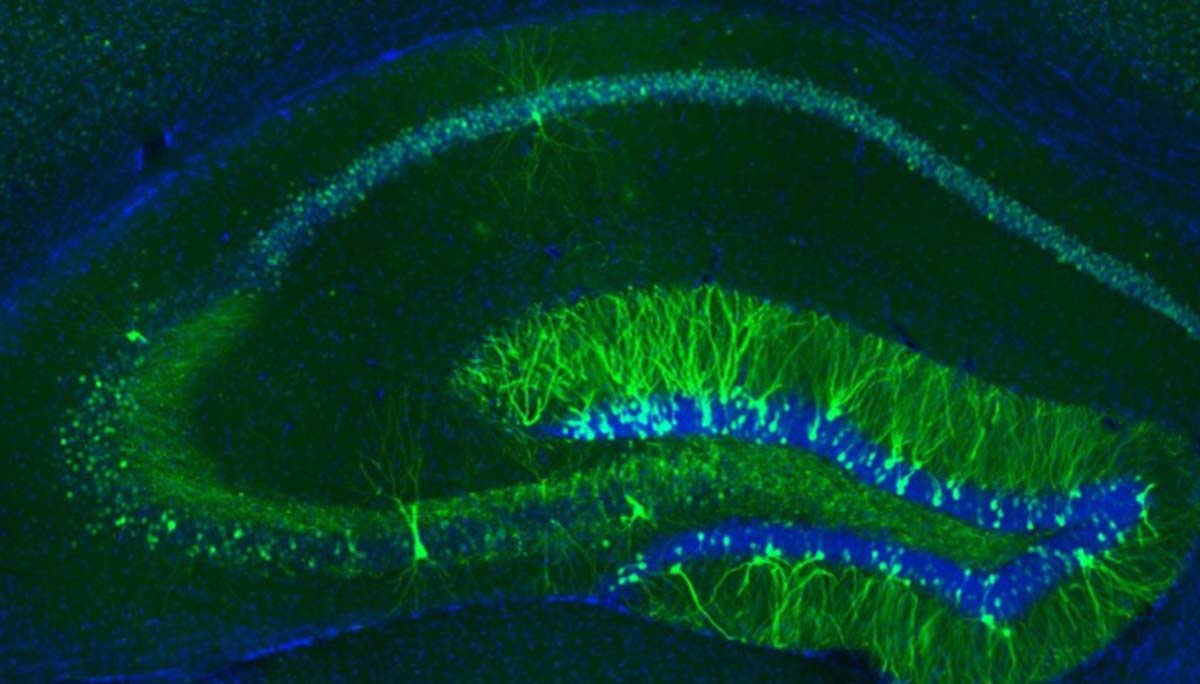A leap forward in epilepsy research
Can days with increased risk of epileptic seizures be predicted? Dr. Maxime Baud is researching this question as an SNSF Eccellenza Professor at the University of Bern. For people suffering from epilepsy, his project holds hope.
The funding instruments Eccellenza and PRIMA of the Swiss National Science Foundation SNSF enable highly qualified researchers to implement their projects within the framework of an assistant professorship at a Swiss university. In a series of interviews, we present six newly awarded researchers and their projects.

You have received an "Eccellenza Professorial Fellowship" from the Swiss National Science Foundation SNSF. What does it mean to you to receive this Fellowship?
Receiving the Eccellenza Professorial Fellowship validates the research line that I have established since 2017. It allows me to now plan my work over a longer horizon. In preparation for this position, I was fortunate to obtain the Ambizione grant as well as the support from the Velux foundation and the Wyss Center for bio- and neuroengineering, which enabled me to come to Bern and establish my research group on epilepsy at Inselspital. With the support of the department of Neurology, I have put in place a number of research projects from the bench to the bedside.
You have been selected from the SNF for your research project «Dynamical control of seizures». What is the project about?
Epilepsy is a common disorder of the brain affecting about one percent of the general population. One of the worst aspects of the disorder is the unpredictability of seizures. In 2017, I have discovered that in fact seizures recur cyclically and that epileptic brain activity, measured by EEG, fluctuates rhythmically over days. Most people with epilepsy have their own periodicity for periods at higher risk for seizures. The goal of the project is to use an implantable EEG device to track epileptic brain activity over months and forecast days at higher risk for seizures, akin to anticipating storms in weather forecasting.

What made you chose the University of Bern for your Project?
A definitive aspect is the competitiveness of the University and Inselspital. Both institutions value long-term scientific developments, the latter seeks to integrate scientific and technological advances into clinical practice. More specifically, the department of Neurology at Inselspital is one of the few places I have seen where clinicians, basic scientists and clinician-scientists interact on a daily basis. We speak the same language - that of neurons, circuits and connectivity - and use that language to read two sides of the same coin: the mechanisms of the brain, and the disorders that affect it. In my Eccellenza project, as before, we will work with patient and in animal models of epilepsy to accelerate the understanding of key mechanisms and strategies to attain our goals.

What is the social relevance of your project?
Currently, any information that patients and their family could receive about the daily risk of seizures could enable better coping with the disorder. It does not need to be a prediction of the exact hour and minute of the next seizure, which in my opinion is impossible, but an estimate of the risk over an upcoming period, say 24 hours. Many aspects are currently unknown, and the project is in that sense ambitious: the evaluation of the risk in real-time may prove difficult, the feedback given to patients may be found challenging to interpret or to act upon. Among people with epilepsy who will contribute to our research, some may find that seizures are not so random after all. For these persons, it would be a leap forward.
About Maxime Baud
Dr. Maxime Baud obtained his MD from the University of Lausanne and his PhD in neuroscience from EPFL, Switzerland. He then spent five years at the University of California in San Francisco to complete residency training in neurology, followed by a postdoctoral fellowship focusing on human intracranial electrophysiology. Using long epilepsy data collected with implanted EEG system over years, Baud unraveled the phenomenon of multidien cycles of epileptic brain activity. He is now an epileptologist leading presurgical investigations at the University Hospital of Bern. In parallel, he is the head of a research group focusing on the mechanisms of epilepsy. He also contributes to the design and development of next-generation devices for neurology in his collaboration with the Wyss Center for bio- and neuroengineering in Geneva.
SNSF Eccellenza Professorial Fellowships
SNSF Eccellenza Professorial Fellowships are aimed at highly qualified researchers who aspire to a permanent professorship. Eccellenza supports them in achieving their goal by allowing them to lead a generously funded research project as an assistant professor with their team at a Swiss higher education institution. Eccellenza covers the grantee's salary at the local rates applicable to assistant professorships and project funds of up to 1,000,000 Swiss francs for a five-year period. In 2021, the Eccellenza program selected four researchers at the University of Bern.
SNSF PRIMA
PRIMA grants are aimed at excellent women researchers who show a high potential for obtaining a professorship. PRIMA grantees conduct an independent research project with their own team at least at the group leader level within a Swiss research institution. PRIMA grants cover the grantee's salary and project costs for a five-year period. With this competitive grant, PRIMA grantees can carve out a name for themselves and take the next step up the academic career ladder: a professorship. If a PRIMA grantee is appointed as a professor in Switzerland during the funding period, the remaining amount of the PRIMA grant will be transferred to the new place of work as research funds. In 2021, the PRIMA program selected two researchers at the University of Bern.
About the author
Maura Widmer is an intern at the Communication & Marketing Department of the University of Bern.